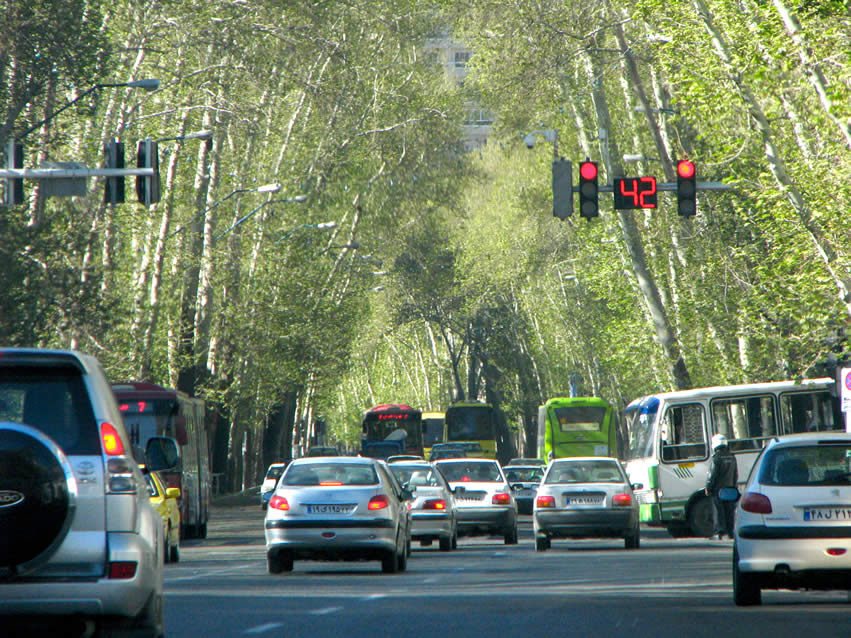It is no secret that Tehran is suffering from numerous environmental problems. Home to some 15 million people, Tehran is 2.5 times over its carrying capacity, making life in the Iranian capital a hassle.
Speaking to Mehr News Agency, head of the environmental committee at the Tehran City Council lamented the unremitting environmental issues in Tehran, adding: “The committee has established several working groups to help alleviate the problems.”
Pollution
Haghani likened Tehran’s air pollution to “a monster looming large”, adding that close to 20 subcommittees and 10 working groups operate under the direct supervision of the City Council’s environment committee.
Tehran residents experienced 116 days of unclean air during the last Iranian calendar year (March 21, 2013 – March 21, 2014). Home to 19% of the country’s population, Tehran’s average petrol consumption per person is twice that of other cities in Iran.
He also elaborated on the environment committee’s plans on preservation of Tehran’s open spaces, particularly gardens. The committee has commissioned working groups to manage and organize environmental activities in the capital, according to Haghani.
5,000 Hectares of Gardens Vanish
The committee has a major focus on open spaces and gardens. The first solution to preserve green spaces is necessitating Tehran Municipality to catalogue the city’s gardens, Haqhani said.
“Aerial images of Tehran show that during past two decades, some 5,000 hectares of gardens vanished.”
The municipality claims that during the same period, 10 to 12 hectares of green space were added to Tehran as a ‘green belt’ instead; but Haqani argues that ecological functions and environmental share of young saplings is a far cry from those of 70-year-old trees.
“Planting trees in the so-called ‘green belt’ is of course admirable; but protecting trees we already have is of utmost importance and may cut costs in the long run,” he noted.
“To define appropriate penalties for environmental violations, we needed an operational document,” Haghani said; thus the city council obliged the municipality to catalogue available assets. As of yet, however, no clear legal framework has been drawn up to protect open spaces and punish those who destroy them, he noted.
It is against the law of Protection and Development of Green Space to fell trees in passages, parks, and gardens; unless the act is in accord with the law. While it is the responsibility of the City Council to discern what constitutes a garden and what does not, a garden identification commission is based within the municipality.
“What makes it worse is the fact that only one out of the commission trio is from the City Council,” Haghani said.
Haghani expressed regret that Tehran’s natural resources located on the southern slopes of the Alborz Mountain Range are being ravaged. Excessive constructions are taking their toll on the city’s environment.
Unsustainable Waste Management
Waste sorting at origin is another solution proposed by the environment committee. “We required the municipality to prepare necessary infrastructure to this end,” Haghani said. According to the law, the municipality should have made ‘waste-sorting at origin’ operational by March 2012, but no such thing was done.
After March 2013, neither the municipality nor the council was legally able to allocate a budget for waste management any more. It had been agreed that waste management should be funded by the revenues expected out of the waste itself.
Lack of a proper waste management protocol is costly. According to Haghani, 10 billion rials ($306,000) is spent daily on waste collection, sorting, and disposal.
The official emphasized the importance of waste sorting, and asserted that the initiative can help boost the economy.
“Once a sustainable waste management protocol is in place, not only will it become financially self-sufficient, but also be a stable source of revenue for the municipality”.


